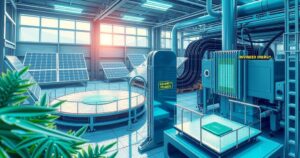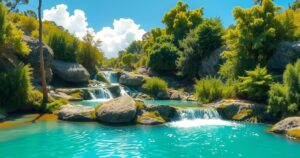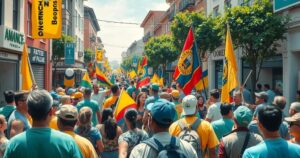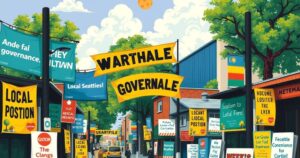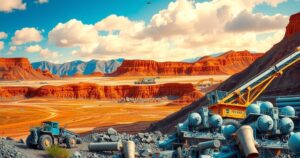The Democratic Republic of Congo: A Nation Larger Than Life Yet Struggling to Thrive
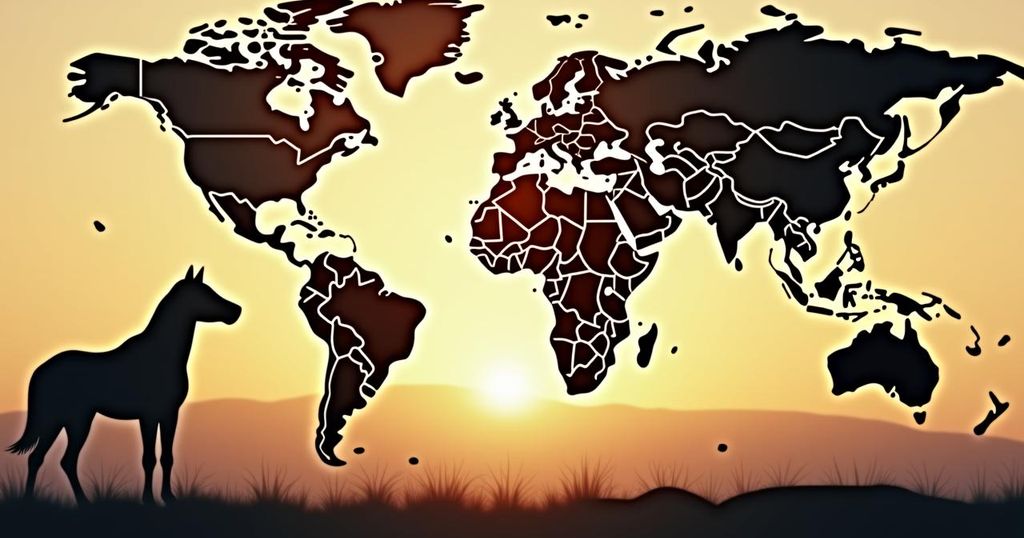
The Democratic Republic of Congo is a vast nation, larger than Spain, France, Germany, and Ukraine combined, with a population exceeding 99 million. It features one of the largest rainforests in the world, yet faces significant political and economic challenges that affect its development and stability, despite its rich natural resource base.
The Democratic Republic of Congo (DRC) is a vast African nation, covering an area of 905,000 square miles (2.34 million square kilometers), which surpasses the combined territories of Spain, France, Germany, and Ukraine. With a population exceeding 99 million, it ranks as the second-largest country in Africa, following Algeria and is the eleventh-largest globally. The DRC’s size makes it comparable to Europe, presenting a landscape dominated by one of the world’s largest rainforests, which constitutes roughly two-thirds of its territory and ranks second only to the Amazon rainforest in scale. Despite this impressive size, the DRC’s population is concentrated predominantly in urban centers, with its capital, Kinshasa, housing over 17 million residents—nearly equivalent to the population of New York City. The country’s geographical expanse is marred by numerous challenges, including political instability, corruption, and persistent conflict, particularly in its eastern regions. Various rebel factions vie for control over the DRC’s abundant natural resources, including significant deposits of copper, cobalt, and diamonds, leading to ongoing unrest that has rendered vast areas of the nation hazardous and challenging to govern. Though the nation possesses immense potential due to its wealth of resources and critical ecological assets, including its rainforests, the DRC’s development is severely hampered by inadequate infrastructure, rampant violence, and widespread poverty. Thus, despite its natural advantages, the DRC continues to grapple with substantial economic underdevelopment.
The DRC’s geographic and demographic attributes are often obscured by conventional map representations that under-represent its true size. With a dense population and a significant area covered in both rainforest and urban space, the complexities of life in the DRC are intensified by a range of socio-political issues that persist following its independence from Belgium in 1960. The ongoing exploitation of its rich resources has led to conflict rather than prosperity, showcasing the paradox of a resource-rich yet impoverished nation. Knowledge of the DRC’s true size relative to Europe highlights the critical need for a more nuanced understanding of this country’s distinct challenges and opportunities.
In summation, the Democratic Republic of Congo, larger in area than many European nations combined and endowed with vast natural resources, embodies both incredible potential and grave challenges. The concentration of its population in urban centers contrasts starkly with the sprawling, largely uninhabited rural landscapes filled with valuable, untapped resources. Nevertheless, ongoing political strife and lack of infrastructure hinder its economic growth and stability. Thus, an informed understanding of the DRC’s size and resources is essential for appreciating its role both in Africa and on the global stage.
Original Source: www.express.co.uk


